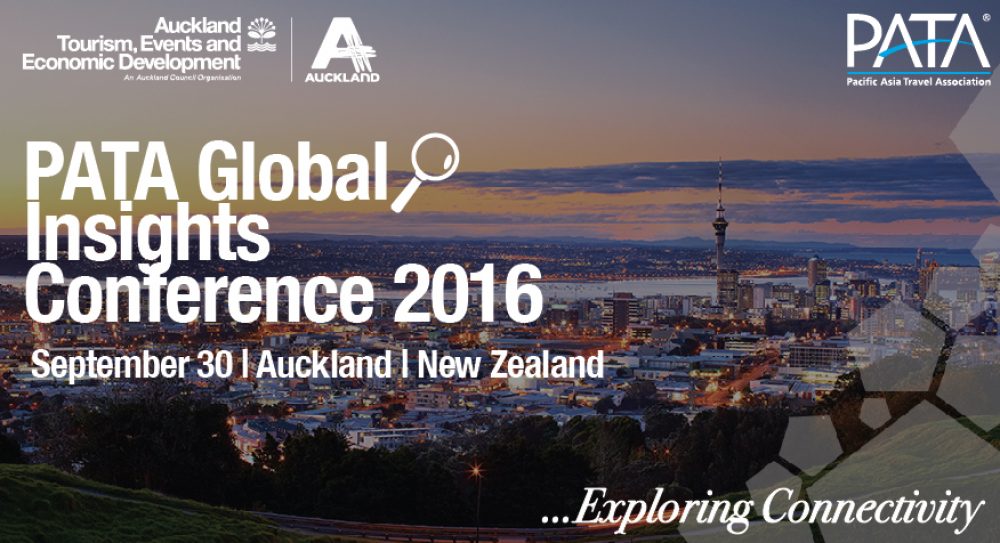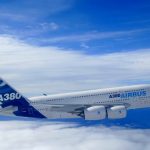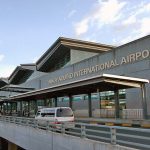On Friday 30 September 2016 PATA Global Insights Conference was held in Auckland. The conference brings together some of the best international thought leader in innovative and disruptive thinking that will help drive future tourism destination development. The focus of this conference was of applied nature and specifically to share trends and developments supporting travel and visitors’ growth. There were lots of ideas and thoughts shared at the conference on the ideas on tourism’s future. The following are some of the key points observed.
Key Observations:
- Major airlines are shifting away from superjumbo aircrafts like Airbus A380 and its future looks somewhat bleak. While some airlines are trying to sell of their A380s, there are other airlines and leasing companies who have cancelled forward orders. Instead, the aircrafts such as Boeing 787-9 Dreamliner and Airbus A350 are gaining popularity and considered to be aircrafts of the future as these are lighter, faster, produce more thrust, fly at higher altitude and fly farther, thus making these aircrafts more attractive option.
- In the past two decades while destinations’ connectivity through air travel has doubled, the cost of travel has turned into half. Projections are that air travel will continue to grow at an average rate of 4.3% to 2035 and Asia Pacific will grow at 4.6%. This will mean the travel related activities will increase by two and half times of current levels of 3.8 billion passengers, 52.7 million tons of cargo, 58 million jobs and $2.7 trillion or 3.5% of global GDP. According to IATA some of the major airports in Asia will reach their capacity of runways and terminals in the next five years. To cope with this huge demand in travel, expansion and upgrading of existing infrastructure (airports, air traffic control) and human resources will be required. Moreover, the open skies and airspace deregulation and concerns related to environment and security will further intensify and will need to be effectively managed. Such growth and challenges open immense research opportunities in relation to visitors’ travel experiences.
- The BBC undertook research testing how consumers actually feel about content-led marketing using facial coding and recognition. The evaluation of content marketing applying “CrowdEmotion”, emotional measurement system. This technology undertakes facial coding and records facial expressions (conscious and subconscious micro-expressions) in real time and divides the reactions into six emotion categories of sadness, puzzlement, happiness, fear, rejection and surprise). The BBC lead research has measured how individuals feel about popular TV shows, advertisements, financial scenarios and so on. Similar application in tourism and hospitality contexts can be useful.
- The Sharing Economy (i.e., the shared creation, production, distribution and consumption of a variety of goods and services by individuals and organisations) is rapidly growing and ranges from ebay, UBER, airbnb, parkhound and so on. In particular, airbnb is seen as threat by some industry advocates, however, it is claimed that airbnb concept has capacity to offer visitors unique and authentic experience of travel. More recently Qantas announced the joint frequent flyer program with airbnb. Certainly, there are several research opportunities to investigate the reality of visitors’ authentic experiences.
This article was written by Griffith Institute for Tourism member Dr. Anoop Patiar.





